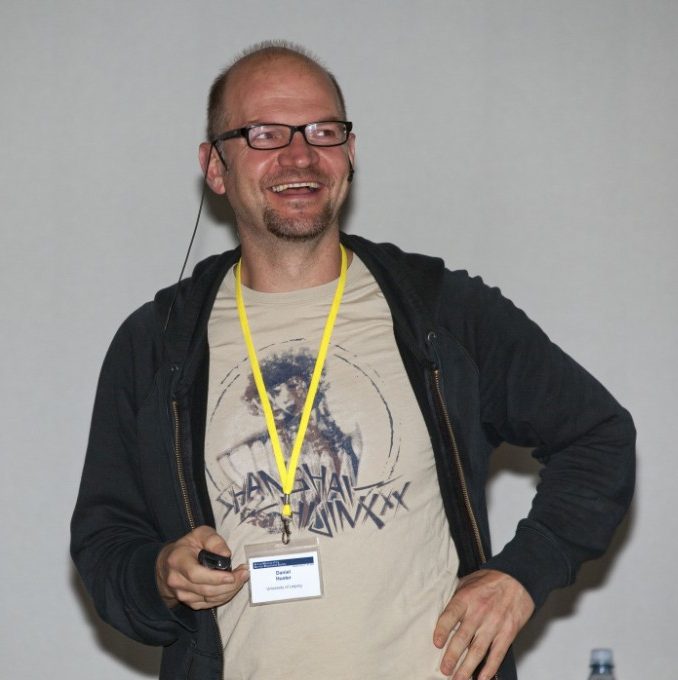Summer School on Solid-State NMR Spectroscopy in Biology
Prof. Dr. Daniel Huster, University of Leipzig
2 -11 October 2012, Vanderbilt University, Nashville, TN
Due to the success of NMR studies on soluble molecules the original NMR spectroscopy on solid materials such as crystals, glasses, powders and polymers has long played an inferior role. However, in the last decade, solid-state NMR spectroscopy has widely been applied to complicated biological questions such as the study of aggregated and amyloidic protein states, membrane proteins, biological tissue or other molecular aggregates of large molecular mass. As there is no principle limit on the molecular mass of the investigated molecules and the fact that the resolution and sensitivity of the technique seems to constantly improve, solid-state NMR is seen to have a bright future in structural biology and biophysics, but also in medical research. In the summer school, the basic principles of solid-state NMR in comparison to solution NMR will be highlighted in a general way including practical exercises in modelling line shapes and NMR spectra on the computer. Further, current examples on the structure elucidation and dynamic characterization of amyloids and membrane proteins will be discussed.
Recommended Literature:
Baldus, M. (2002) Correlation experiments for assignment ans structure elucidation of immobilized polypeptides under magic angle spinning. Prog Nucl Magn Reson Spectrosc 41: 1-47.
Huster, D. (2005) Investigations of the structure and dynamics of membrane-associated peptides by magic angle spinning NMR. Prog Nucl Magn Reson Spectrosc 46: 79-107.
Hong, M. (2007) Structure, topology, and dynamics of membrane peptides and proteins from solid-state NMR Spectroscopy. J Phys Chem B 111: 10340-10351.
More information will be available beginning of September.


